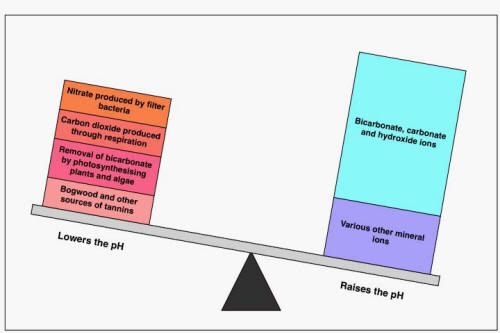Water authorities add Ammonium phosphate (converts to Chloramine) and Sodium hypochlorite (increase the pH), the higher pH increase the lifetime of the distribution system for the water and Chloramine keep the bacteria level under control. Everyone that use tap water or well water in their houses and to their aqaurium's has different water, even in the same city with the same distributor of water have different characteristic in their tap water depending on the lenght the water are distributed. Everything we put or are in contact with the water in the aquarium change the waters characteristic, this is why it's so difficult to compare one aqaurist's success with another with less success... we can only give advices but in the end it's up to each aquarist to find what works best for them under their special circumstances.My point is, i was told that my Water Authorities add phosphate to my tap water to stop the soft water affecting the pipes.
Janne





